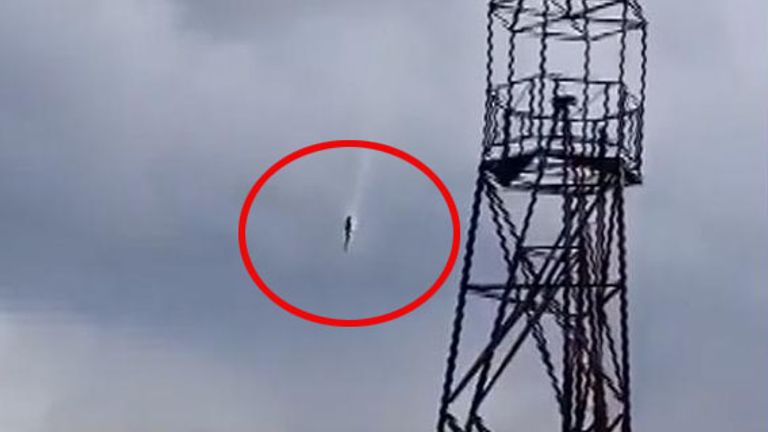Safety Measures and Regulations in Brazilian Aviation: Brazil Plane Crash Type

Brazil has a comprehensive set of safety regulations and procedures implemented by the National Civil Aviation Agency (ANAC) to ensure the safety of air travel within the country. These measures encompass various aspects of aviation, from aircraft maintenance and pilot training to airport infrastructure and air traffic control.
Regulations and Procedures, Brazil plane crash type
ANAC plays a crucial role in establishing and enforcing aviation safety regulations. The agency’s mandate includes:
- Setting standards for aircraft certification, maintenance, and operations.
- Regulating pilot licensing and training programs.
- Overseeing airport infrastructure and air traffic control systems.
- Investigating aviation accidents and incidents to identify contributing factors and implement corrective actions.
Effectiveness of Safety Measures
Brazil has witnessed significant improvements in aviation safety in recent decades, with a notable decline in the number of fatal accidents. This progress can be attributed to the stringent regulations enforced by ANAC, coupled with the commitment of airlines and aviation professionals to safety. The agency’s rigorous oversight and enforcement have played a crucial role in ensuring compliance with safety standards.
Areas for Improvement
Despite the advancements in aviation safety, there are still areas where improvements can be made. These include:
- Strengthening the regulatory framework for smaller airlines: While larger airlines generally adhere to high safety standards, smaller carriers may face challenges in meeting all regulatory requirements. Enhancing oversight and providing adequate resources to smaller airlines could further enhance overall safety.
- Investing in advanced technologies: Implementing modern technologies like collision avoidance systems and advanced air traffic control systems can enhance situational awareness and minimize the risk of accidents. Investing in these technologies can further enhance safety and efficiency.
- Promoting a culture of safety: A strong safety culture within the aviation industry is essential. This involves fostering a proactive approach to safety, encouraging open communication, and promoting a just culture where individuals feel comfortable reporting potential safety concerns without fear of reprisal.
Brazil plane crash type – Brazil has seen its share of plane crashes, each with its own unique set of circumstances and a lingering sense of mystery. The flight 2283 crash , however, stands out for its eerie silence, as if the skies themselves conspired to swallow the aircraft whole.
While investigations continue, whispers of a hidden agenda or an unexplained anomaly linger, leaving many to wonder if the true story behind this tragedy will ever be fully revealed, adding to the unsettling legacy of Brazil’s aviation history.
Brazil has seen its share of plane crashes, each one a chilling reminder of the fragility of flight. From the tragic events in the Amazon rainforest to the devastating crash of TAM Airlines Flight 3054 in São Paulo, the country’s aviation history is marred by both progress and tragedy.
Plane crashes in São Paulo have often been attributed to factors like weather, human error, and even sabotage, leaving investigators with a tangled web of questions. Regardless of the cause, each crash leaves a trail of shattered dreams and a haunting sense of the unknown, a grim reminder of the inherent risks associated with this mode of travel.
